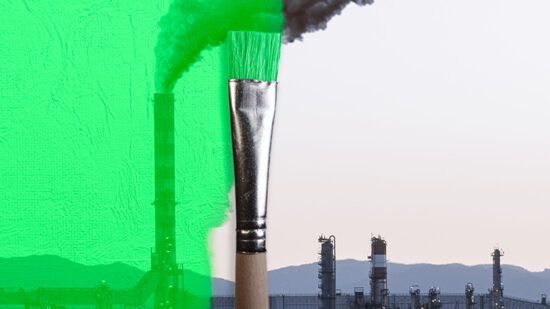ESG investing is arguably the most important investment trend to have gained momentum in the past decade or so. But its credibility and future growth increasingly hinge on the ability of investors to truly determine how ESG-friendly a company is, or could be in future.
In trying to sort the wheat from the chaff, many investors and investment strategies have turned to the rating agencies that attribute ESG scores to companies according to various metrics. However, as ESG has grown in recent years, so have the cracks in the ways these ratings are determined. Indeed, we believe ratings agencies employ flawed methodologies that inadvertently attribute strong sustainability credentials to companies whose products may be fundamentally unsustainable. MSCI, for example, gives Imperial Brands – a tobacco company – an A rated ESG score. That makes little sense.
The sustainability of a company’s products or services is vital to its long-term strategic success. An unsustainable product such as tobacco or coal is a huge strategic headache for any management team, just as a sustainable one should create a tailwind of opportunities. Yet this fundamental point is often overlooked by ESG screens which mostly focus on how a company operates, rather than what it does. This can lead to agencies inadvertently attributing strong sustainability credentials to companies whose products may be fundamentally unsustainable. It is doubtful that investors in strategies substantially based on ratings really appreciate this.
Another example where we have disagreed with some ratings agencies is the US software solutions company Everbridge. Everbridge’s rating with external ratings agencies is affected by its processes, whereas we think the nature of its product (helping to keep people safe during emergency situations and improving responses to such situations) is what is really important, and this leads us to rate the company highly. What should people care most about?
An additional problem investors face is that ESG screens lack truly global coverage, which leads them into a small field of narrow choices. By and large screens are based on company disclosures which favour large cap, mature businesses and disadvantages small-cap, mid-cap and emerging market companies. Notably many ESG strategies tend to invest solely in sustainability leaders – i.e. firms that already have high sustainability products and practices. These, of course, are generally well known and well researched, which means the prospect of uncovering mispriced stocks is more limited.
See also: – Kicking the habit: Nest sells tobacco stocks
ESG improvers, on the other hand, tend to be overlooked by the rating agencies. These companies have the potential to make extremely powerful contributions to sustainability and to continue their improvement trend to become the leaders of the future. We strongly believe that the potential for sustainability factors to add alpha is even more powerful in improvers and small/mid-cap stocks. Yet they lack the ratings coverage that would see more investors allocate capital to them.
If ESG screens clustering around the biggest companies is a major issue, so, surely, is the fact that the ratings they deliver can be very different. There are some high-profile examples of companies ascribed ESG ratings that bear no relation to one another. For us, the fundamental question should always be: of all the thousands of data points to choose from, which are really material for the long-term sustainability of a company? Our experience is ‘less is more’. It for this reason we sometimes struggle to understand how the rating agencies define their impact categories, for example.
It is self-evident the focus must always be on materiality and fundamentals. Due to the qualitative nature of sustainability, there will always be debates, grey areas and nuance, which is why it must be approached from the bottom-up, not from a thematic perspective. Fundamental, rigorous analysis best captures the nuance of material product impact and ESG factors to valuing a company. Being different is an opportunity.
That is not to say that ratings have no merit. But they should be viewed purely as inputs. No active manager should rely solely on ratings of any type when making an investment decision; in our view, it is always important to blend quantitative data with qualitative data to come to a more holistic conclusion.
The danger of simply using off-the-shelf ESG ratings is relying on a myriad of plain vanilla, ‘me-too’ large-cap ESG products, which often comprise holdings that in many investors’ eyes would fail to live up to scrutiny on a sustainability basis. Surely it is better to look elsewhere to find evolving companies that look to the future, irrespective of whether they have a rating that is based on backward-looking information. For us, that means focusing on mid-cap sustainability improvers, allowing investors to take a differentiated approach to ESG while allocating capital to companies that are genuinely making an impact.








